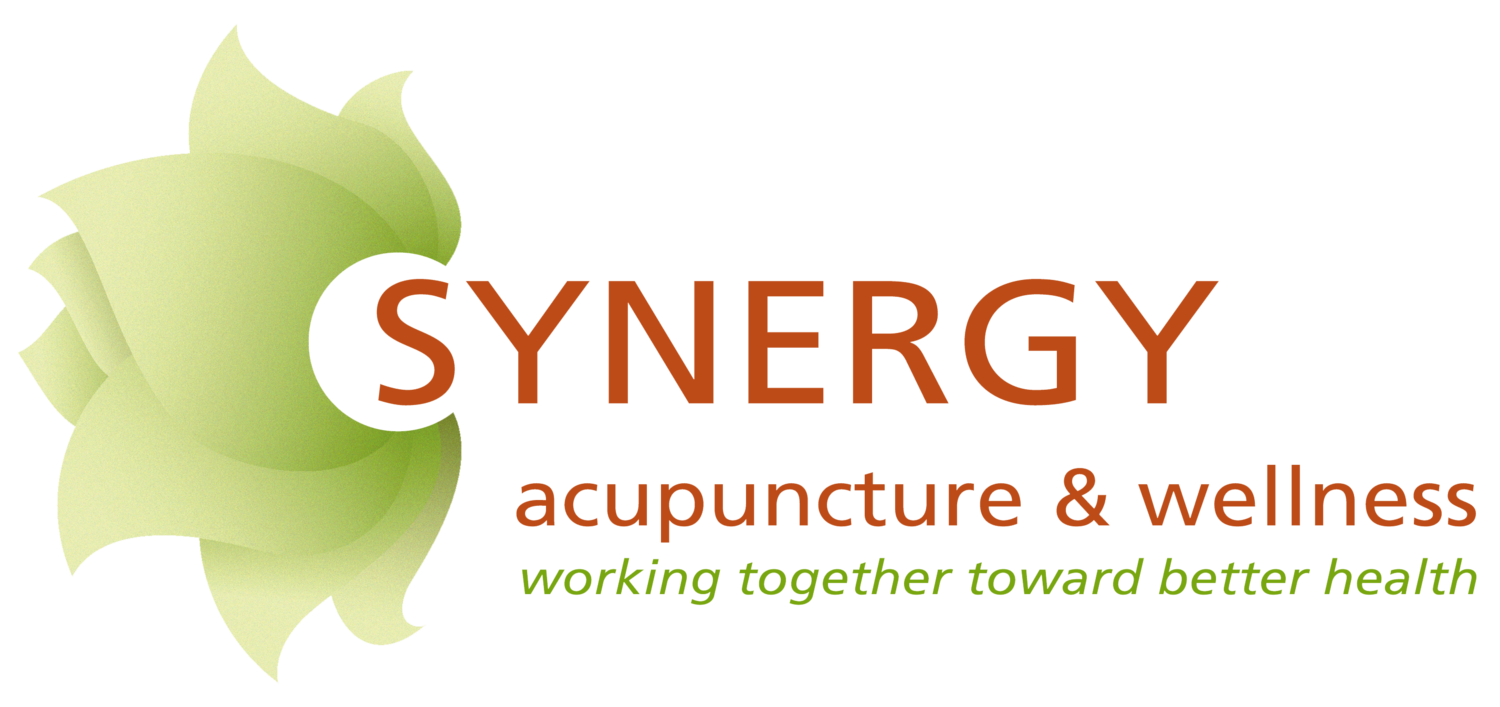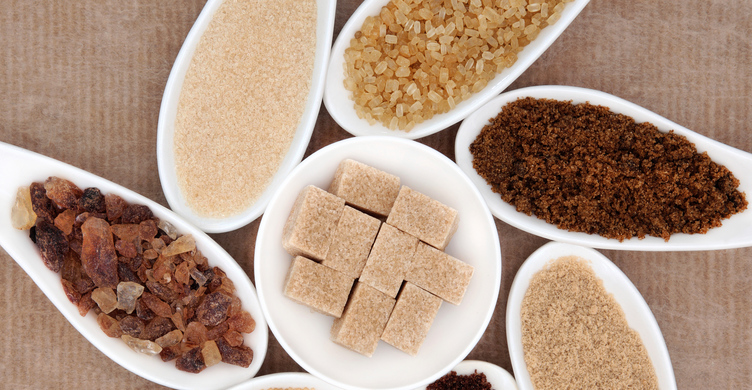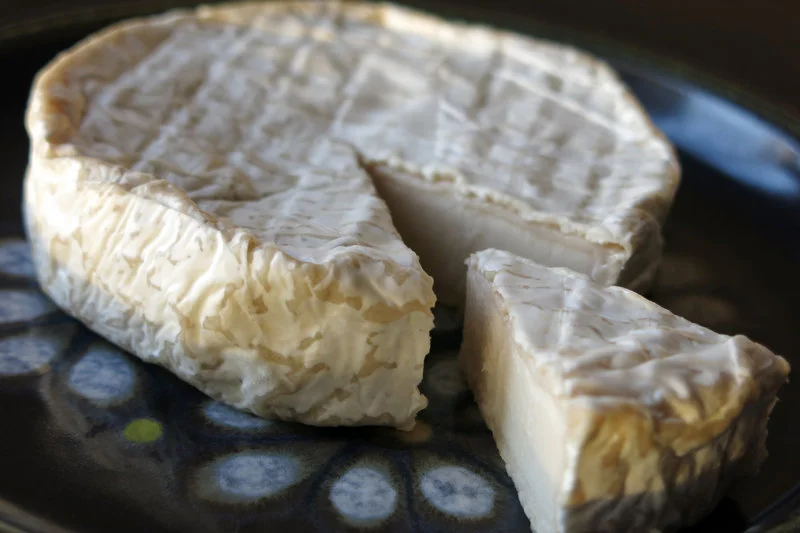To Juice or Not to Juice? That is the question
Sugar substitutes - how to choose?
Like most people nowadays, I have been trying to reduce the amount of processed sugar in my diet and cooking. Besides simply reducing the amount of sugar called for in recipes, I've often explored using various substitutes. But I've had difficulty knowing which were truly a healthier improvement versus just a different form of the same thing. As someone who loves baking, finding the right balances of sweet and health without changing the chemistry of the end product has been challenging. In general, I've found that most recipes can do with ½ to ¾ of the sugar called for in the recipe without hugely changing the texture. Even the kids in our house haven't seemed to notice the reduced sugar for the most part. A cookie is still a cookie to them despite it being secretly a little healthier. I recently ran across an article which was really helpful in clarifying the differences in different types of sugar substitutes and how to modify your recipes if you want to swap them in for the sugar. I'll go over a summary of what they discussed here, but for those that would like to read the full article you can find it here at Sugar Substitutes.
So, what's the take home message really? Sad to say, it's not really the news most of us would prefer to hear. Sugar in any of its forms is not really our bodies friend. A few of the sugar substitutes do contain small amounts of nutrients and minerals compared to table sugar: raw sugar, honey, maple syrup, dates and coconut sugar. Unfortunately, these nutrients are in pretty small concentrations, so the amount of sugar you'd need to eat to experience any real benefit would itself be unhealthy. Due to a higher ratio of fructose to sucrose, sugar substitutes such as agave and honey do have a lower glycemic index, producing less of an insulin spike in the body. However, fructose is processed by the liver, so once the processing limit of the liver is reached, it is converted into fat and stored. On the other side of the coin, coconut sugar has a higher ratio of sucrose to fructose than table sugar, so less can be converted to fat, but the insulin spike in response to it is greater than that of table sugar. Lower insulin spike good, more fat not so good. With respect to the fructose:sucrose ratio it is really picking the option which is most important to your eating habits and health situation. The last option is Stevia, which pretty much is in its own category. Stevia is much sweeter than the other types of sugars, contains no nutrients, doesn't change insulin levels but also has no calories. The taste of stevia can be a bit off-putting for some, is not great for baking and can be difficult to digest for those sensitive to sugar alcohols.
So, what's a person to do? Well, the first thing to do is to gradually reduce the amount of sugar of any type that you use in your diet. I've found that it is possible to reduce the amount of sugar in many recipes without significantly affecting their taste. Gradually reducing the amount called for in a recipe is the least jarring way and allows you to figure out if there are any effects on the texture of the food or how it cooks. The different types of sugars do behave differently, so which you try will depend a lot on what you are cooking. Studies have shown that our taste buds become more sensitive to sugar (and salt too) after a few weeks of reduced intake. This means that you will still sense that something is sweet despite it having less sugar in it. And really, that's what we all hope for. Feeling like we are having a treat while still be kind to our bodies.
Foodies corner - the new dairy?
Those who know me know just how much I love food. I'm also always hunting for ways to eat better, more sustainably and yet still enjoy the eating. A recommendation I often make to patients during cold and flu season is to avoid dairy when a cold involves phlegm or mucus. For those with recurring sinus problems, reducing cow-based dairy products are a great way to reduce the amount of mucus the body generates. Our bodies weren't built to process the fat droplets in cow's milk easily. This can result in digestive upset or the production of mucus. In TCM, all foods are given a temperature. Cow's milk is considered a very cold food which can result in the build up of "damp" and "phlegm" in the body. For people who have difficulty with excess damp, such as runny noses and congested sinuses, avoiding these types of foods can be beneficial. The difficulty is that, well.....cheese, ice cream and a big cold glass of milk with dessert taste GOOD. Thankfully many people do not have to completely cut them out of their diet to see a benefit. Many alternatives to cow's milk products now exist, so it is good to try what's out there to see what works for you.
Alternative milks such as almond, hemp and rice milk are easy to adjust to with rice and hemp milk having the added benefit of thickening well when heated. Almond milk will separate, so not a great substitute for sauces. Almond milk is, however, very easy to make at home for those care to try. Soy milk is a common, but complicated option as it actually is as cold as cow's milk in TCM and the question of the potential effect of phytoestrogens in it are still very much under debate. Sheep and goat milk products are also potential substitutes with many cheese and yogurts now easily available. The fat droplets in sheep and goat milk are much smaller than that in cow milk, making them easier to digest.
One area I've personally had difficulty finding a good alternative is in the area of vegan cheese. They can often have a funny, plasticky texture, don't tend to melt well and often don't taste much like cheese. It would seem that a new era is dawning, however with the development of nut milk cheeses. A recent NPR piece looked at these new nut milk cheeses and it seems there may be hope. Read the article here- Hold the Mammal: Daring to make dairy free cheese from nuts
As a fan of nut milks and lover of cheese, I look forward to trying some of these new nut-cheeses.
Fall harvest: staying healthy and getting the most out of the bounty
Well, it has happened once again. The summer has flown by and suddenly I find myself in the middle of raking leaves and quickly shortening days. Between a remarkably mild summer largely devoid of New England's typical heat and humidity and a fall which can't seem to decide if it should be summer or winter, this year of the Horse has been quite the crazy ride.
The Fall for many of us comes with it two puzzles. One is how to take advantage of the amazing variety of fresh and local produce. The other is how to avoid catching one of the many colds that seems to crop up this time of year. To that end, I thought I would send along a few tips and a recipe that is just great for this time of year. Soups are a simple and wonderful way to enjoy many of the foods available this time of year while at the same time boosting our immune system or helping it to fight off colds that have managed to sneak past out defenses. The recipe is a mix of many different recipes and can ingredients can be swapped out or added as your preferences and whim may dictate.
3 Fall tips to stay healthy:
- Keep warm: Despite the wide range of temperatures we are experiencing here in New England, our bodies still need to prepare for the colder temperatures to come. Keep light gloves handy to warm hands and dig out those socks that have been idling in your drawer since last spring. Swap out your iced coffee, lattes and cold salads for hot beverages and warming soups & stews. If you just love a great salad, have a hot drink along with it to help your body digest it more efficiently. Think of it this way, if you want your furnace to keep your house warm, putting cold water in it will make it much harder for it to do its job. The same is true of our digestive systems.
- Protect the back of your neck: In Chinese medicine, colds are considered to be invasions of external "wind". The back of our neck can be thought of as the back door of our house. If we leave it exposed to the wind, that can invite the unwelcome guest to saunter right in. Wearing a scarf can both be a fashion statement and can help to keep that back door protected and nasty colds out.
- Stay flexible: With the typical stress that comes with the end of summer vacations and the resumption of school, work and everyday life, many of us may find that our necks and shoulders are tighter and those toes we used to be able to come close to touching feel farther away. Doing some light stretching after getting out of a hot shower or after a workout will help keep you limber and can help avoid or alleviate the soreness, tension and discomfort of tight muscles. A hot pack or heating pad used while sitting at your computer or chilling out at night can also help those muscles remember how to relax.
Fall harvest soup:
Based on the Lentil Soup recipe in "Soups and Stews" by Cook's Illustrated.
A delicious way to enjoy the bounty of fall and great for boosting our immune systems, this soup is very versatile, so feel free to tweak it to make it your own special recipe. Onions, garlic and kale are all warming in nature and can benefit the lungs by easing congestion and boosting the body's Lung "qi" which is an important part of our defense system. Lentils and carrots are neutral in temperature, but benefit the energy of the Kidneys and Lungs respectively.
Ingredients:
- 2 medium onions, chopped
- 3 cloves garlic, chopped or pressed through a garlic press
- 2 medium carrots diced
- 2 tablespoons vegetable oil
- 14 oz can of diced tomatoes (you can also use fresh and just add additional liquid later)
- 1 Bay leaf
- 1 teaspoon thyme
- 1 cup lentils, washed & picked through
- 4 cups chicken or vegetable stock
- 2 cups additional liquid (you can use a combination of white wine or simply add water)
- 4-6 stems of Kale, stems removed and leaves cut or torn into small pieces
- Salt & ground black pepper to taste
- 1 Tbsp Balsamic vinegar
- Optional: meat of your choice (bacon, pancetta, sausage or chicken are all nice adds to this soup)
- In a large heavy pot, heat the oil over medium high heat and sauté onions, garlic & carrots until soft (about 2-3 minutes). If using a meat in your soup, cook this in the oil first, allowing it to brown slightly, then add in the onions, etc.
- Add tomatoes, bay leaf and thyme, cook an additional 2 minutes.
- Add lentils, salt & pepper, cover and cool on medium low heat for 8-10 minutes. Lentils will become darker and vegetables soft.
- Uncover, increase heat to high and add broth and other liquids. If using white wine, add that first and allow it to simmer for a minute before adding the rest. Cook the soup partially covered for 30-35 minutes until lentils are soft, but still hold their shape.
- About 5 minutes before the soup looks to be done, stir in the kale and allow it to soften. It will turn a vibrant green color and will cook down quite a bit, so do not be alarmed if it seems like a lot to be adding to the soup at first.
- Finish the soup with balsamic vinegar, adjust salt and pepper to taste and remove bay leaf.
- Serve hot with some crusty bread for dipping.
- Enjoy!





